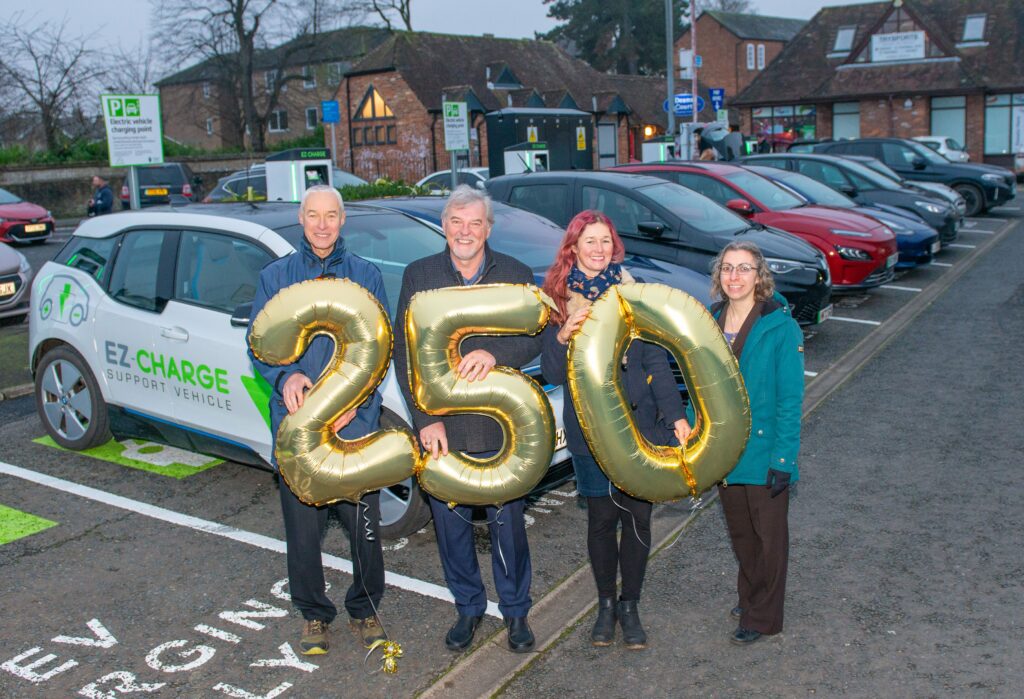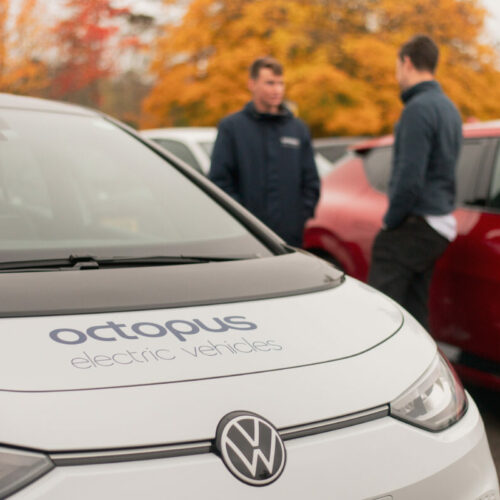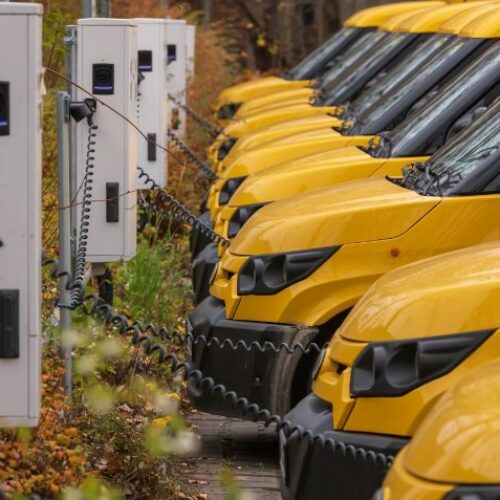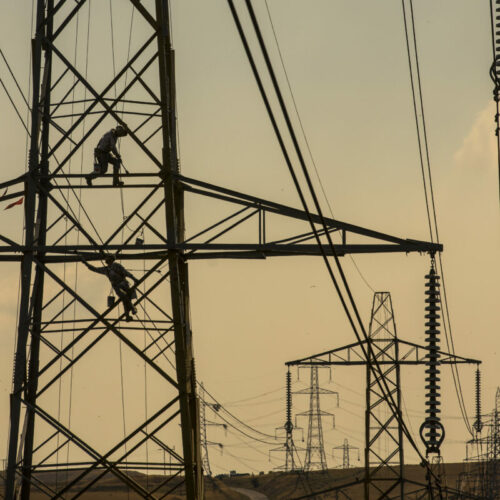Bicester-based EZ-Charge has completed the installation of the Park and Charge Oxfordshire network, providing additional EV charging capacity to the county.
With the official launch confirmed, the network now includes 250 chargepoints across 20 notable hubs across Oxfordshire in a bid to scale the EV charging capabilities in the region. This will help transition the counties residents to EV s and decarbonise the transportation network.
“At times it felt like Mission Impossible but today we can declare Park & Charge Oxfordshire complete,” said Phil Shadbolt OBE, chairman and chief executive of EZ-Charge.
“This is a network the whole country is looking to for inspiration and one for which everyone in the county should feel incredibly proud.
“Although this feels the end of the journey it is really only the beginning. We now need to double down on our efforts to increase the availability of charging and variety of charging options at county and national level.”
Funds for the project had been provided by the government and led by EZ-Charge, which worked with the University of Oxford, Urban Integrated UK and Oxfordshire County Council. These organisations independently worked with Cherwell, South Oxfordshire, West Oxfordshire and Vale of the White Horse district councils for the project.
“The reaction from Oxfordshire residents has been overwhelmingly positive, from EV drivers and prospective EV drivers alike,” said Councillor Pete Sudbury, cabinet member for Climate Change Delivery and Environment at Oxfordshire County Council.
“Park and Charge is enabling local people who don’t have private off-street parking to have a convenient location to charge their EVs overnight, meaning more Oxfordshire residents have the opportunity to drive electric. It’s another great reason to make sure your next vehicle is an EV.”
In 2021, a pilot project trialing 30 on-street EV chargers that connect directly to a household’s electricity supply was confirmed to run across Oxford and Cherwell.
The project was designed to test on-street EV charging using a specially designed ‘gully’ or channel installed into the pavement to allow residents to safely connect their EV to their home electricity supply when parked outside their home.





